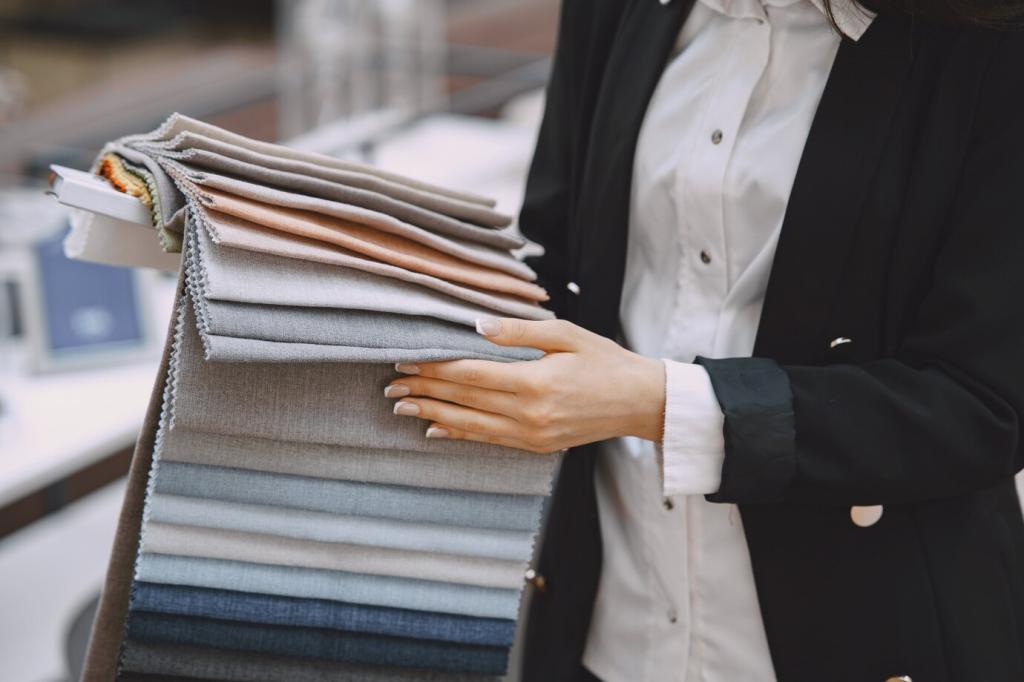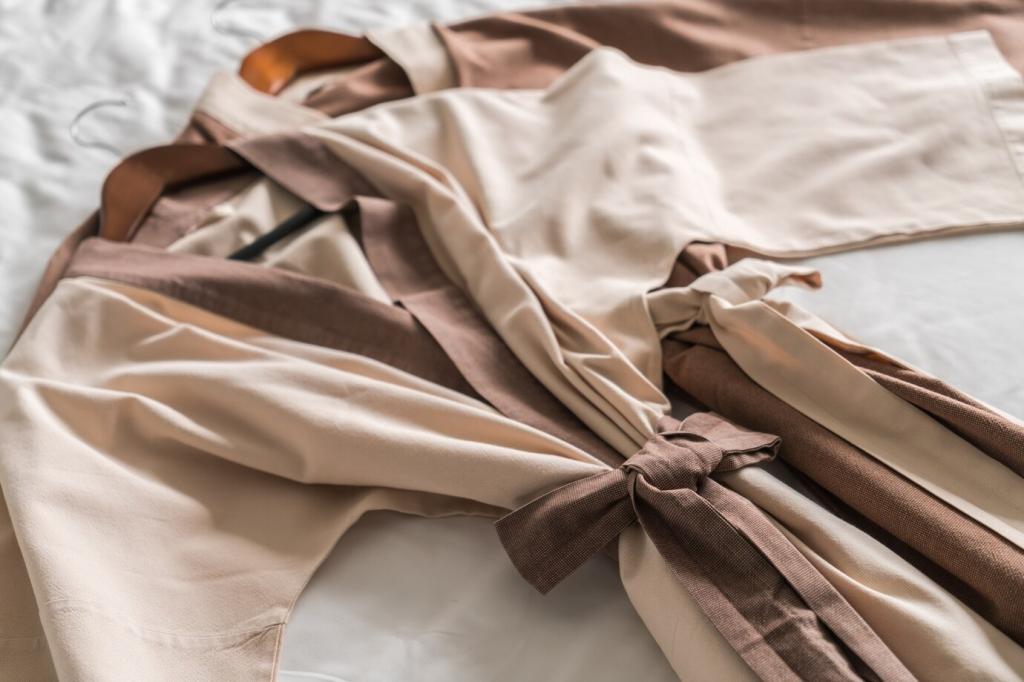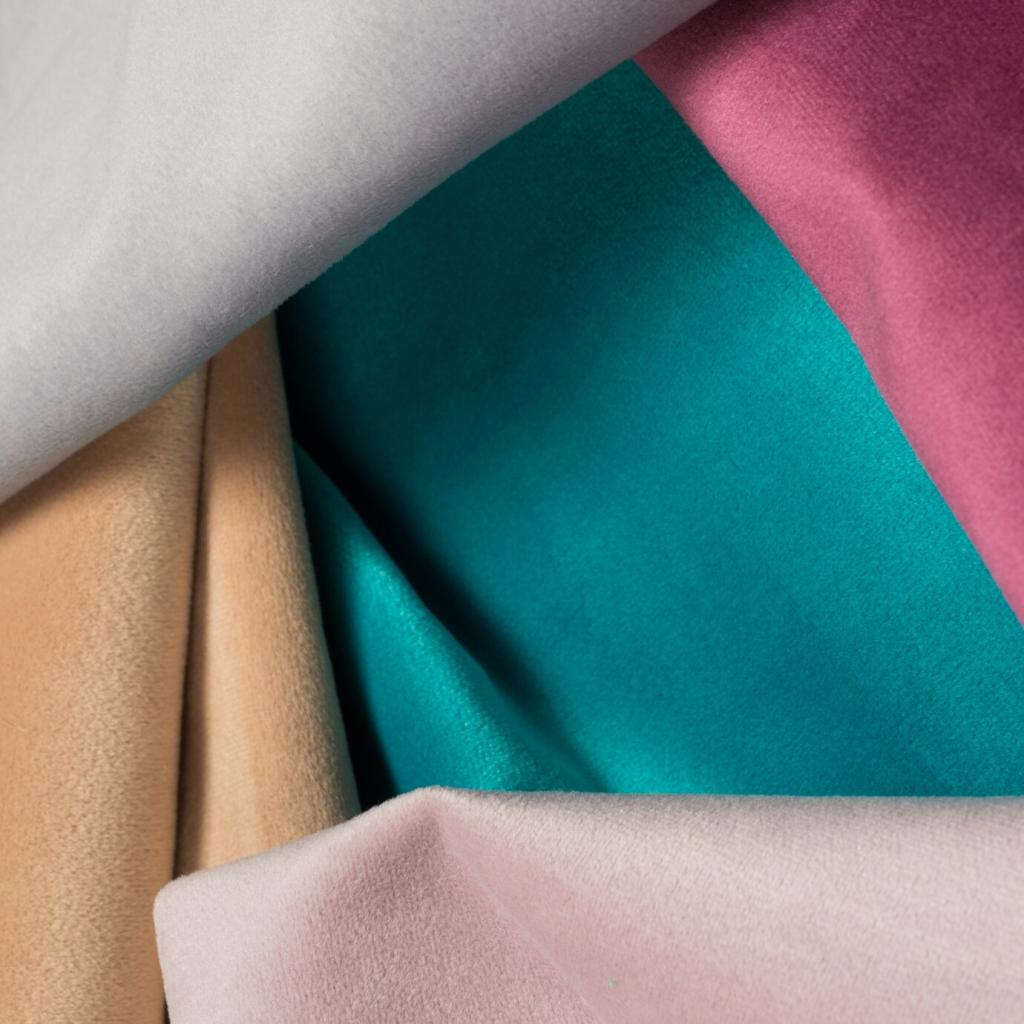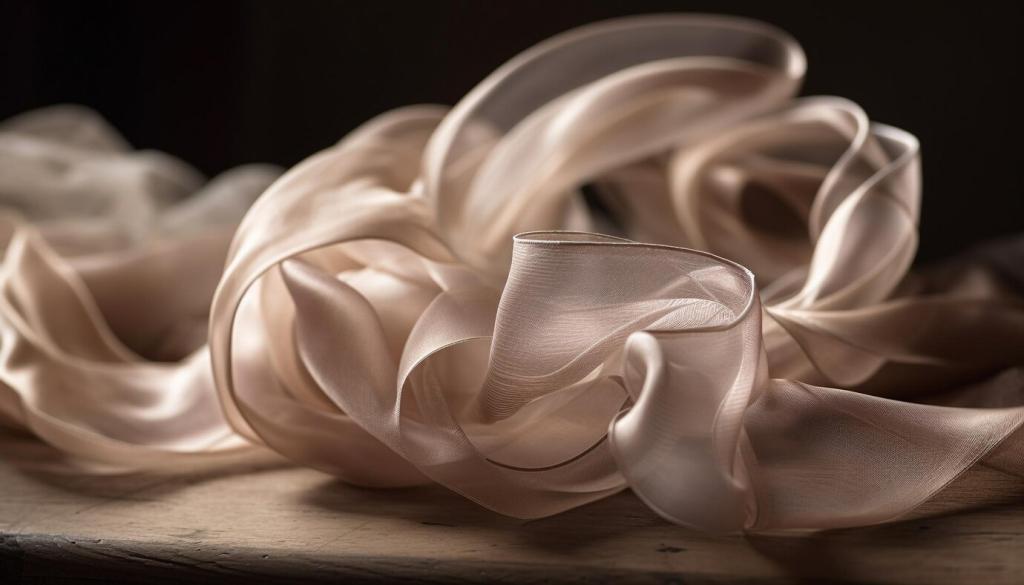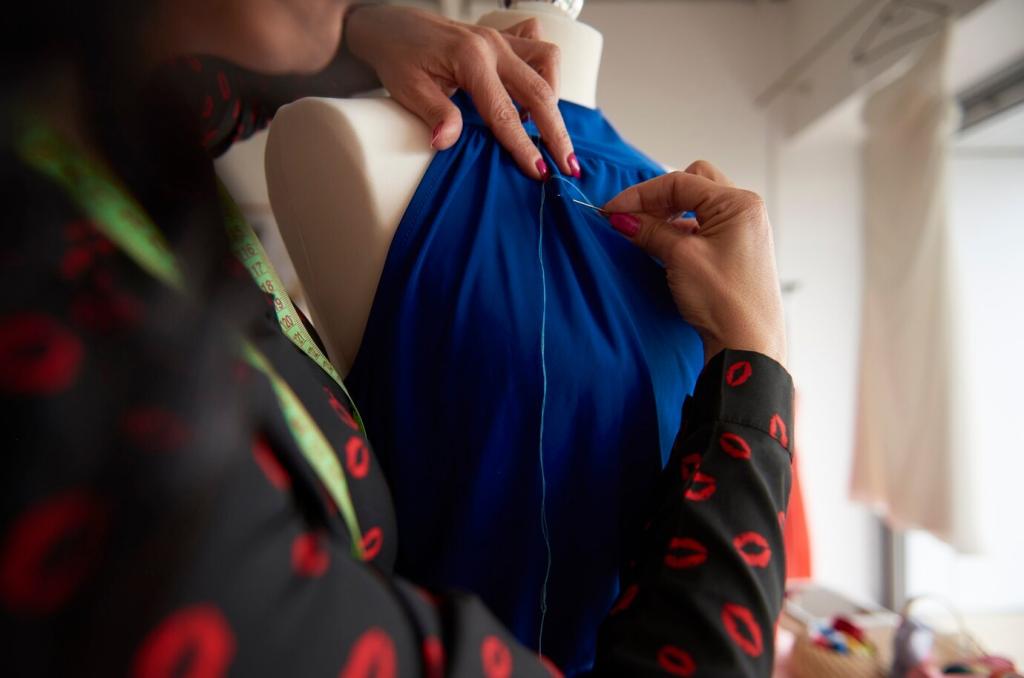Color Play: Ombre, Botanical Dyes, and Stenciled Accents
Pre‑soak in cool water and a mild acid solution if recommended by your dye brand for protein fibers. Dip slowly, pausing longer at the deepest edge to develop gradient depth. Rinse cool, press with a cloth, and admire that restful, watercolor transition.
Color Play: Ombre, Botanical Dyes, and Stenciled Accents
Silk loves natural color from onion skins, black tea, and cochineal. Pre‑mordant with alum as instructions specify, maintain low temperatures, and stir gently to avoid creasing. Always test for colorfastness on scraps, then document times to repeat reliable, bedroom‑calm hues.

